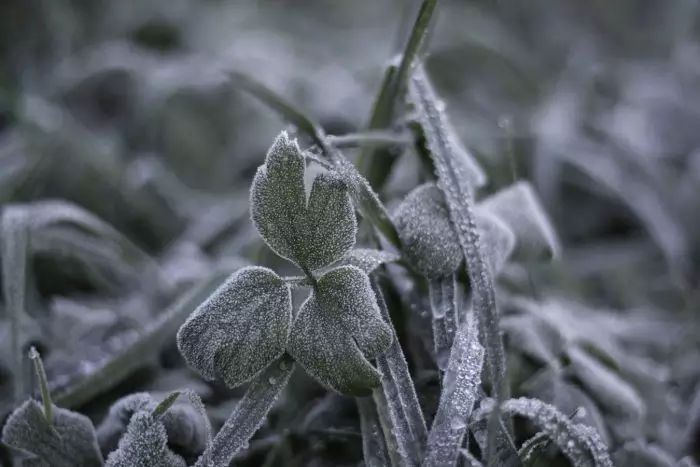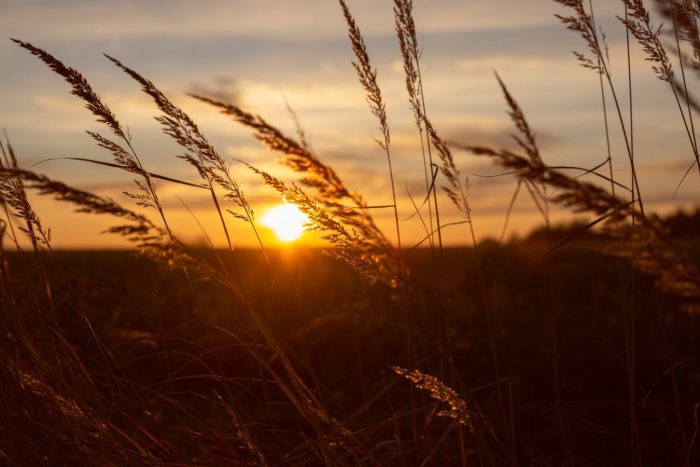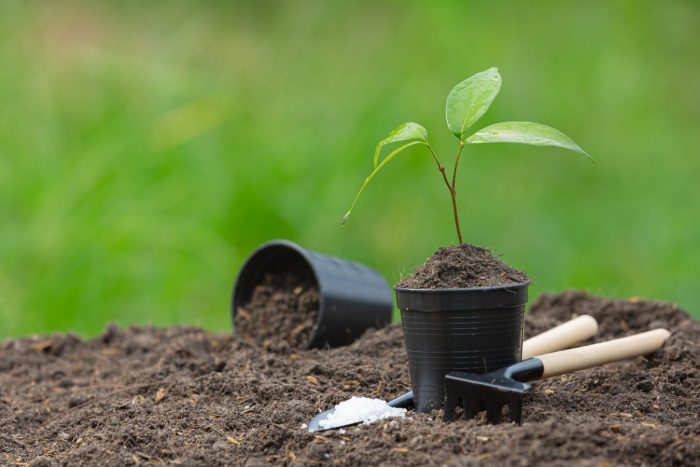Winter weather can vary drastically throughout the UK. Some years, the south might experience what seems to be an autumnal winter, while frost and chilly weather are not unfamiliar in the north. However, regardless of location, cold weather affects plants all the same.
Cold weather isn’t completely bad for all plants. Plants blooming out of season is nothing new, fruit farmers have been known to report their plants aren’t getting enough “chill time”. That’s what makes their fruits so sweet. However, for most plants cold snaps don’t do them any favours and it’s important for gardeners to know how cold weather affects their plants and what to expect.
- Water can freeze inside the plant’s cells causing it to expand and destroy the plant from the inside. This can cause plants to wilt, even after the cold and frosty weather has done. Cold weather damage is often worst in younger plants, which haven’t grown in strength and structure to support the expansion of cell tissues.
- Water can freeze the outside of a plant and freeze plant’s surrounding soil causing desiccation, this interfering with the plant’s water supply.
- Colder weather can decrease plant enzyme activity. This then disrupts plant nutrient intake because plants secrete enzymes to digest surrounding materials for soil. Consequently, this can stunt growth or more severely cause them to die.
- Changes in the fluidity of cellular membranes (basically how water flows through the plant’s cells) may occur. Ironically, the cellular membrane is responsible for ensuring the plant cells are responsive to milder environmental changes. Furthermore, they are a dynamic structure that encourage and enable growth.

Avoid Early Morning Sunshine
Frost and cold weather damage can be a result of plants ‘defrosting’ quickly, causing them to become limp. To prevent this, avoid positioning plants where they would come into contact with sunshine early in the morning. This would be east facing areas of your garden or allotment.

Choose Native Plants & Harden Off
To give your plants the best chance, it’s important to start protecting them as soon as they’re planted. This includes hardening them off. Taking them from their indoor or under-glass home and gradually exposing them to the cold environment in the garden. Essentially building their tolerance and resilience to the new temperature.
That being said, it’s also important to choose hardy or native plants to the growing environment. You’re never going to grow mangoes in the north pole.

For more advice, read any of our articles for growing plants during the colder season.
- Growing Vegetables in Autumn & Winter
- How to Protect Your Plants from the Cold
- Gardening Tips for January
- Gardening Tips for February
Protecting your plants during a heat wave is just as important as protecting your plants during cold weather. Discover everything you need to know about how to protect your plants from summer heat here.
Environmental Impact…
Aside from the potential damage to your plants, the colder environment could have a trickle-down effect on the garden ecosystem. Without plants flowering at the incorrect time, there could be a significant lack of available food and pollen for insects. For example, European Honeybees, which have famously been dropping in number, could have an even tougher time come spring. Luckily as a gardener, you’re fighting the good fight and giving back to the planet with every seed you sow.

 Call us on 01246 240880
Call us on 01246 240880 Sign-up and receive 10% off
Sign-up and receive 10% off
ever nice and good